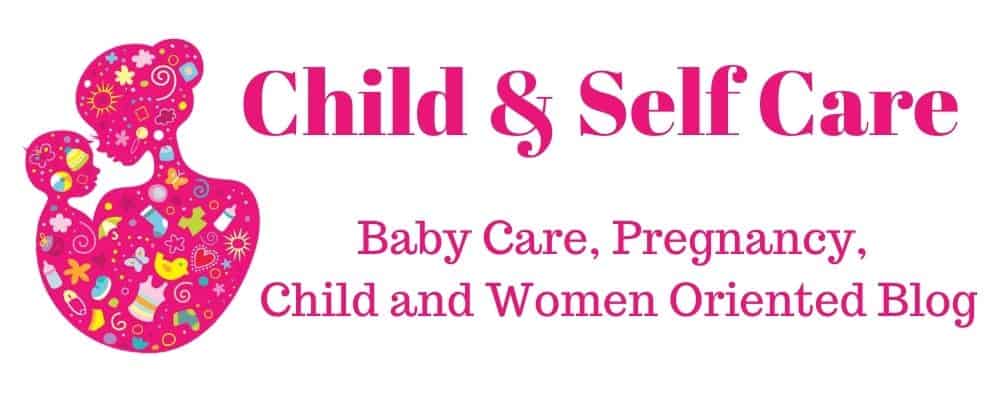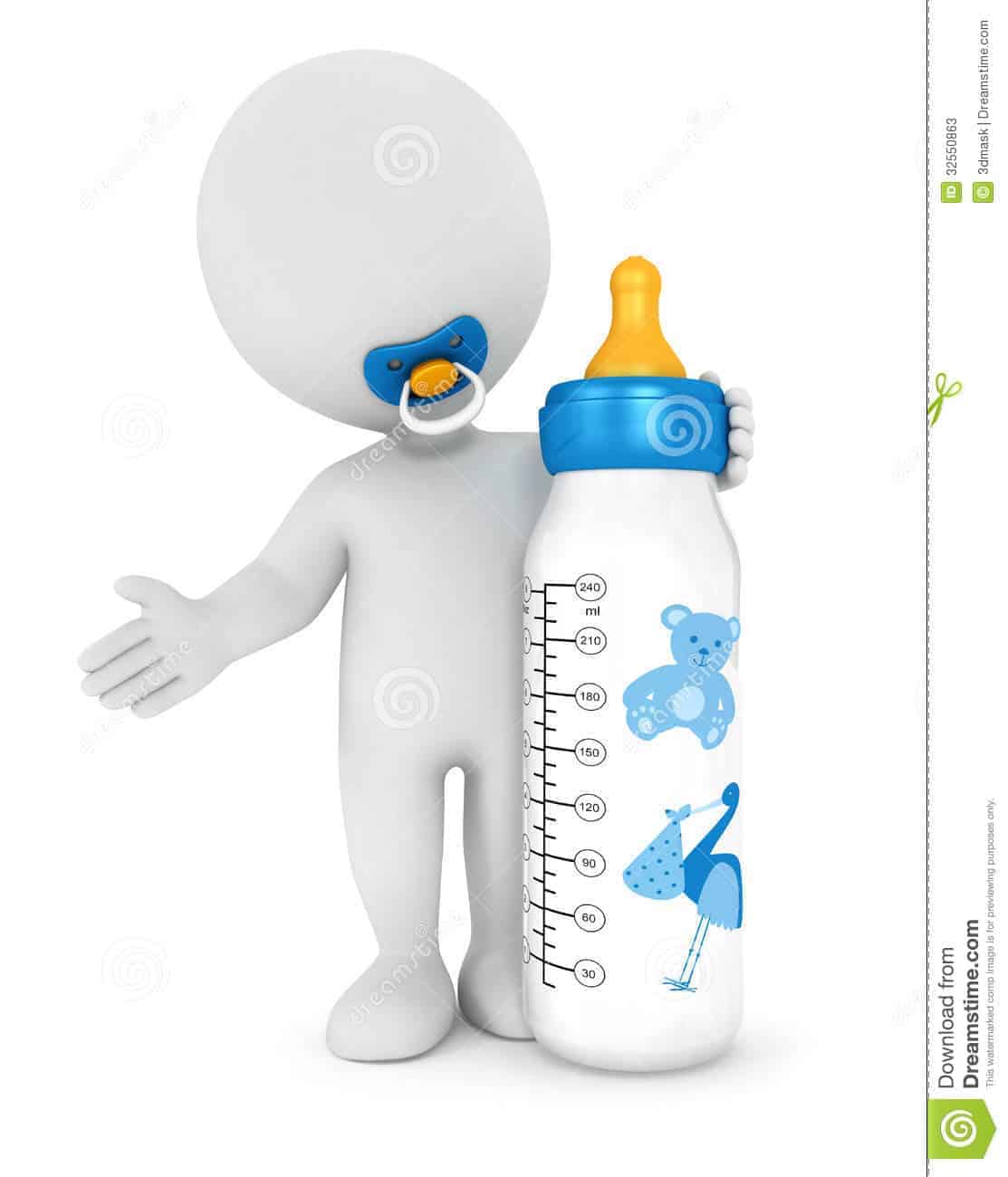Most babies can be fed with exclusive breast feeding up to 4-6 months of age. Subsequently when semisolid food are started, breast feeding should be continued and there is no need to start bottle or formula feeds. At a later date, when breast milk supplies wanes off, milk feeds can be started directly from a cup or a glass.
Despite sincere efforts and due to certain medical conditions in the mother, complementary or sometimes total feeding with non-human or animal milk may be required in the following situations :
1. Inadequate lactation
2. Twin or triplet babies
3. Mother receiving anti-cancer drugs or having AIDS
4. Seriously or critically sick mother
5. Working mother
6. Social constraints
When for a genuine personal or medical reasons, bottle feeding needs to be given, the mother should not feel guilty or unnecessarily upset. Babies can be fed satisfactorily with formula feeds when due precautions are taken to ensure proper cleanliness and sterility of feeding utensils and bottles.
What milk to give ?
- Any liquid milk which is procured by the family for household use can be given to the baby without dilution. But mainly cow milk is preferred as it is easy to digest in compare to buffaloes milk but after 1 year of age.
- The milk should be boiled every time before use. After 1 year when you started giving cow milk, it may be diluted in a ratio of 3 parts of milk and one part of water.
- Animal milk have greater quantity of proteins which are of different kind, so it is difficult to digest in compare to breast feeding and are less sweet .
The milk should be strained before pouring into the feeding bottle otherwise the cream may block the hole in the teat. - Dried milk powders are preferred because of less chances of
contamination and adulteration and ease of storage.
- Milk powders should be prepared as per the instruction printed on the container.
In general, one level (not heaped) measure is dissolved in one ounce (30ml) of per-boiled
warm water to obtain full-strength milk. - Reconstitution of milk powder in to a large volume of water is the commonest cause of poor weight gain by t
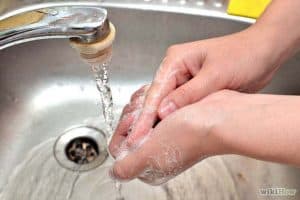 he baby.
he baby. - You must wash your hand thoroughly with soap and water before preparing a feed. The powdered milk can be directly taken in the feeding bottle instead of using another container. It is more convenient and there is lesser risk of bacterial contamination.
How much milk to offer?
- Breast fed babies regulate their feed intake depending upon their needs and mother need not to worry about any guidelines or calculations.
- During bottle feeding, offer 30-45ml of milk during first week of life. Whenever babies completely empty the bottle, additional 15ml milk should be offered during the next feed.
- The volume of milk should be increased gradually by one ounce (30ml) after every month or so.
- The best guide that the baby has taken a full feed is that some milk remains in the bottle. The maximum that a baby drinks at one feed is a full bottle of one ounce (approximately 240 ml).
- After one year, baby should be given maximum of three bottles of milk feeds and rest of his nutritional requirements should be met by giving cereal- based semisolid foods, vegetables and fruits.
- The left over milk should be immediately discarded (or consumed by an adult) and feeding bottle should be rinsed with water to prevent bacterial growth. Later bottles should be cleaned with a bottle wash liquid and sterilize well.
Very helpful articles, must have a look
28 Iron Rich Food for babies/toddlers/kids proper devlopment
29 Home remedies to cure Constipation in babies&kids
Technique of Bottle Feeding
- A straight wide-mouthed feeding bottle should be used because of ease of cleaning.
- The hole in the rubber teat should be created with a red hot sewing needle. It will burn the rubber to make a hole.
- When in a feeding bottle you pour the milk, there is a fine spray of milk for 1-2 seconds and then milk flows in regular drops and not in a stream. When milk flows as a constant stream, the hole in the teat is too big and if drops fall too slowly, it is too small. In both situations the baby is likely to swallow too much air. So you have to make a hole of proper size.
- Check the temperature of milk by pouring few drops on the back of your hand to make sure it is not too hot. It is a very old technique mothers are using for checking the temperature as u can’t put your fingers in the milk for checking the temperature.
- Mothers can also use pre-boiled warm water (which can be stored in a flask) for preparing the milk.
- Feed the baby when he is hungry and let him sleep as long as he wants to. After some time, baby would establish his own routine and you can adjust yours accordingly.
- The child should preferably be taken in the lap and offered the bottle. The bottle should be tilted enough so that teat is completely filled with milk to avoid swallowing of air by the baby. The teats have to be removed
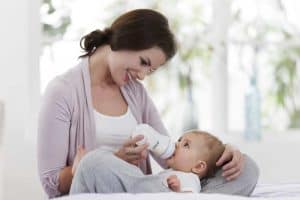 from the babys mouth when it gets collapsed to relieve pressure or vacuum in the bottle.
from the babys mouth when it gets collapsed to relieve pressure or vacuum in the bottle. - You should pay full attention and interact with your baby while bottle feeding otherwise he may feel sleep. It is dangerous to support the feeding bottle with a pillow and leave the baby and bottle alone for self feeding. There is a potential risk of choking and aspiration or the baby may suck lot of air when bottle rolls down.
- After the feed, baby should be made to sit or put on the shoulder to eructate the swallowed air. After burping the baby may be placed on his back or right lateral position with head end slightly raised.
- During bottle feeding babys head should be kept slightly raised, otherwise milk may enter in the ear and lead to middle ear infection.
- After the age of nine months, most babies can hold the bottle and self feed without any risk of choking.
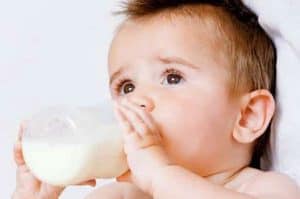
After first birthday, attempts should be made to feed the baby with a cup or a glass. Use of distinctive and decorative cup or a baby glass with different funny tattoos in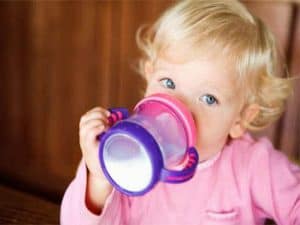 it may motivate babies to accept this method of self feeding. The baby must be helped to outgrow from the bottle dependency by the age of 1 year or so. Most babies accept water from a cup or a glass as early as 6-9 months but refuse to take milk from a cup or
it may motivate babies to accept this method of self feeding. The baby must be helped to outgrow from the bottle dependency by the age of 1 year or so. Most babies accept water from a cup or a glass as early as 6-9 months but refuse to take milk from a cup or 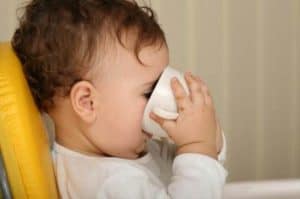 a glass because they identify milk with a feeding bottle.
a glass because they identify milk with a feeding bottle.
Must read articles
Churma – Prefect instant food for baby while traveling.
Safe Home made playing dough- loved by kids..
Food for your 6-8 Month old Baby
Feeding during sleep
It is not a good practice to offer a bottle feed during sleep. It may lead to development of a bad habit and may cause dental decay and development of cavity as milk remains in contact with teeth while baby is asleep.
Feeding during sleep is also associated with the risk of development of ear infection as the milk may trickle between the back of nose and ear cavity and cause infection of the middle ear.
Occasionally bottle feeding during sleep may be given if baby had been fussy, irritable and unwell due to teething or other illness. But don’t make it a habit.
Care of Feeding bottles and Teats
Bottle feeding is a potential source of infection (especially diarrhea) unless care is taken to maintain sterility.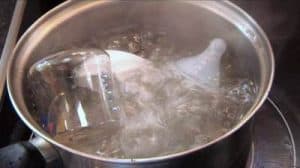
-
You must have at least 4 feeding bottles and enough teats.
-
The left over milk must be discarded (or taken by an adult) and bottle should be cleaned with a detergent or soap and water by using a brush.
-
Teat should be cleaned with a small brush and common salt to remove milk curds or cream from the teat’s hole.
-
Keep a separate sauce pan for boiling bottles. Bottle and teats must completely dip in water and should be boiled for minimum of 5-10 minutes.
-
After boiling and cooling, water should be drained and pan with bottles and teats should be kept covered for next use.
-
Electrical bottle sterilizers are available and are convenient to use. The bottles and teats can be sterilized by immersing them in a solution of sodium hypochlorite (Milton). One table spoon (15ml) of Milton is added to a liter of water and bottles are soaked for 3 hours. The bottles and teats should be drained and rinsed with boiled water before use.
-
The liquid milk must be boiled before each use. The water used for reconstitution of powdered milk must be boiled for at least 5 minutes to ensure that it is properly sterile and safe.
-
After taking the feed in the bottle , teat must be kept covered with a plastic lid to prevent contamination by flies and baby should be given the feed immediately.
Note :- The responsibility of washing ,cleaning and sterilization of feeding bottles and teats should not be given to a maid and you should personally look after this. This is the most important aspect of bottle feeding.
I personally feel that mother must introduce bottle to their babies. As it become easy for the mother and even for the baby to have milk. My daughter reject bottle feeding ,I tried many times but still she don’t want to take milk with bottle. That’s why I know the difficulty that I face in feeding her. I have to seek the help of my mother -in law as my naughty one always reject the milk I gave her through spoon.
Traveling also become easy if your baby take bottle feeding.
Feeding with a cup or spoon
Due to potential risk of infection with bottle feeding and sometime baby rejected bottle feeding as happen in my case itself, it is recommended to give complementary feeds to babies with a spoon or a small cup with a rounded snout which is normally used a s a diya (paladay).
Most babies even small babies accept feeding with spoon without any difficulty. The baby should be held in the lap, head slightly raised and edge of the spoon or paladay is touched to the lips of the baby. As soon as the milk touches the baby lips and tongue the baby make swallowing efforts to drink the milk. When baby is satisfied, he will turn his head aw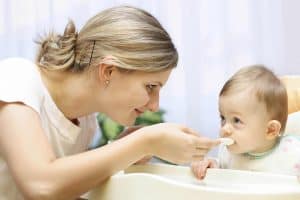 ay or stop swallowing the milk which collects in the throat.
ay or stop swallowing the milk which collects in the throat.
The procedure is safe but very time consuming. You need to be very patient when feeding the baby with spoon or paladay but efforts are well rewarded because risk of bacterial contamination is extremely low by this method and it is easier for the baby to accept breast feeding concurrently or subsequently.
The feeding cup or spoon should be washed with soap and water immediately after each use and kept effectively covered.
Hope this article has given you a brief idea about the bottle feed. For any doubt and query feel free to mail me or ask directly in comment box.
To get regular updates please subscribe to my blog and my Face-book page
